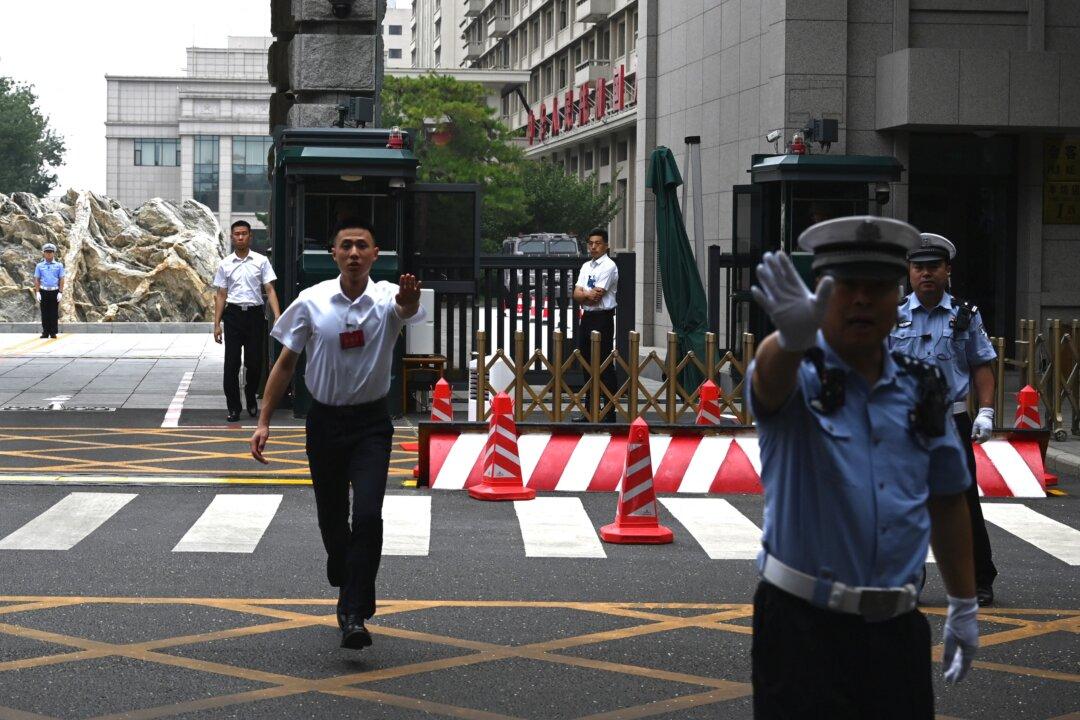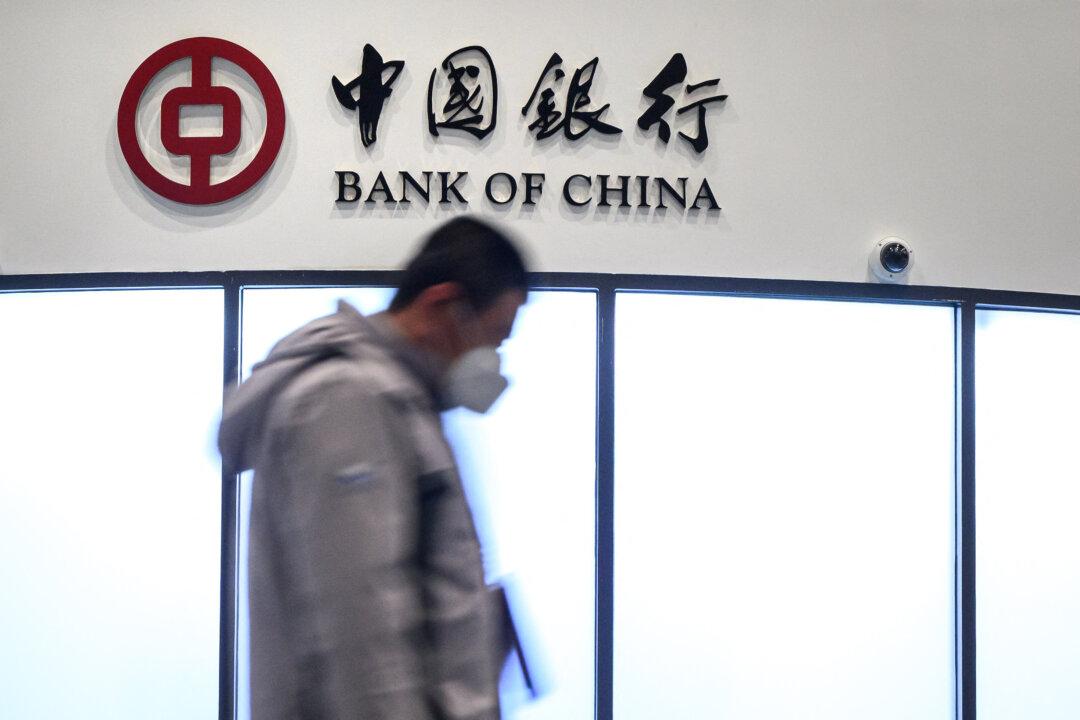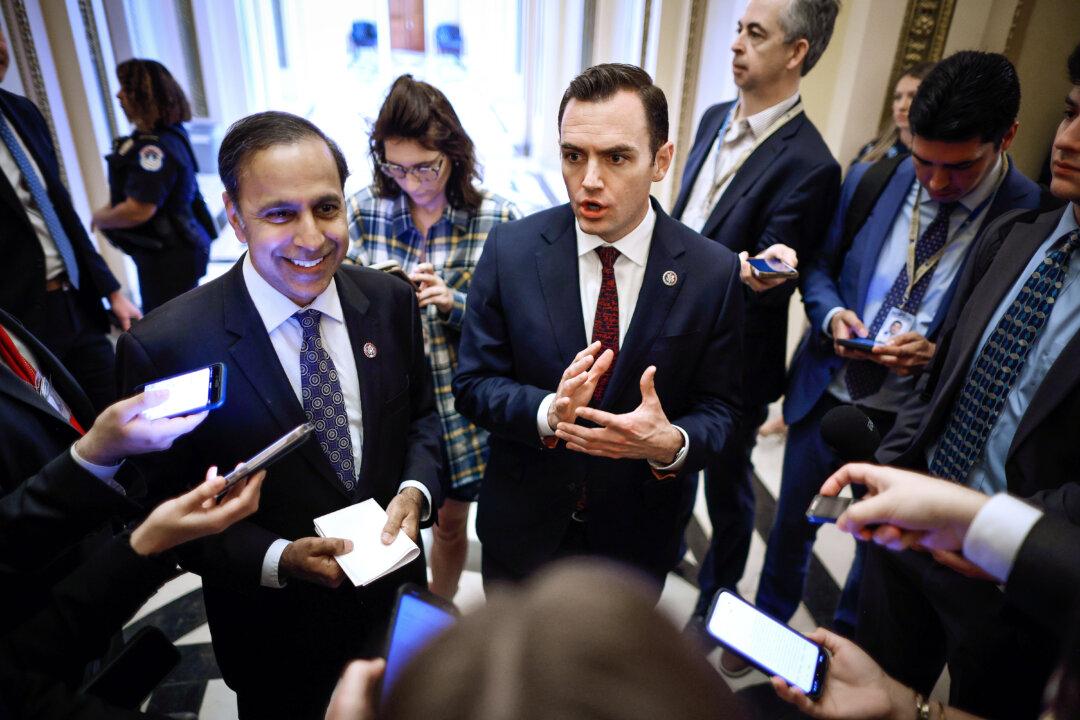China’s new impetus to rein in its financial sector has been underway for more than three months. The effects are already being felt in the financial markets, impacting short-term borrowing rates and the global commodities market.
In late February, Guo Shuqing was appointed the new chairman of the China Banking Regulatory Commission (CBRC), China’s main banking regulator. Barely a month into his role, Guo issued a flurry of directives described by state-controlled Xinhua as a “strong supervisory storm.”
Guo, 60, is widely seen as a tough regulator willing to challenge financial heavyweights. His predecessor, Shang Fulin, was focused more on maintaining order and stability and did little to assert control over the financial sector, which has grown fat on China’s debt binge in recent years.
The CBRC’s new directives arrive as Chinese Communist Party leader Xi Jinping shifts his anti-corruption focus to the financial sector. Last month, Xiang Junbo, former head of the China Insurance Regulatory Commission, was placed under investigation. Sources close to Zhongnanhai—the headquarters of the Communist Party and the State Council—told The Epoch Times last month that there could be further housecleaning within China’s financial industry this year.
Several of the new policy directives from the CBRC aim to deleverage the country’s banking sector. Two main goals are to reduce shadow banking—an umbrella term for various high-yield products sold under unregulated conditions by banks, insurance companies, and other financial institutions—and to tighten credit.
Shadow Banking Targeted
Shadow banking and other off-balance-sheet credit activities fueled much of China’s recent debt growth, especially by regional and local banks. The biggest type of shadow banking is the sale of wealth management products issued by non-bank entities such as trusts, investment vehicles, or insurance companies, but often sold by banks.






